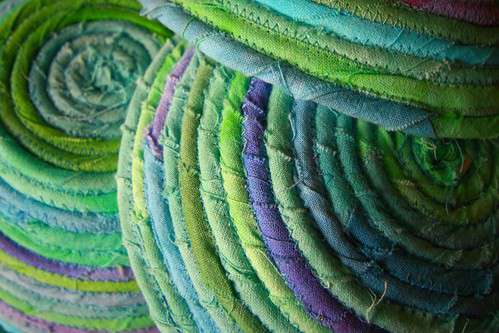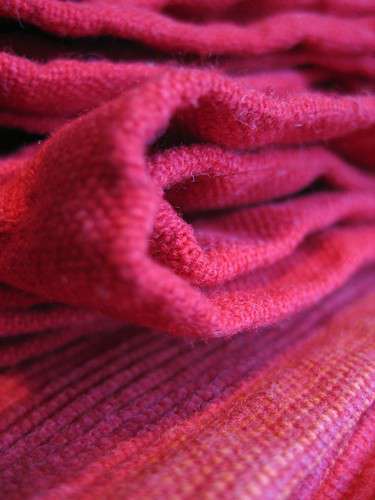
Not all “red” is created the same and accurately producing these subtle differences in color is important for maintaining brand integrity in the sports and fashion worlds. Image source: Flickr user kennethkonica
Anyone who isn’t convinced that color accuracy in textiles is important simply needs to check out the tailgate areas at college football games. Say you’re at a Nebraska-Oklahoma pregame tailgate. (Yes, these rivals no longer play in today’s changing college football landscape, but please play along for the sake of this example.) If you think the school colors for both teams are red and white, chances are pretty good you’re going to be rejected by both sides and miss out on some great food, beverages, and company. As any good Cornhusker knows, Nebraska is scarlet and cream, while the Sooners are crimson and cream. Those two colors may be very close to each other on the color wheel1, but on Saturdays it’s almost as if they’re on opposite ends. The subtle differences in uniform colors matter—and this idea carries over to all areas of textile color accuracy. When testing the color accuracy of textiles, spectrophotometers offer an ideal method of evaluation. And when using spectrophotometric instrumentation, how you prepare the textiles to ensure an accurate color reading is crucial.

Dyeing different types of textiles require different techniques because of the differences in the texture of the fabrics. Image source: Flickr user jillyspoon


